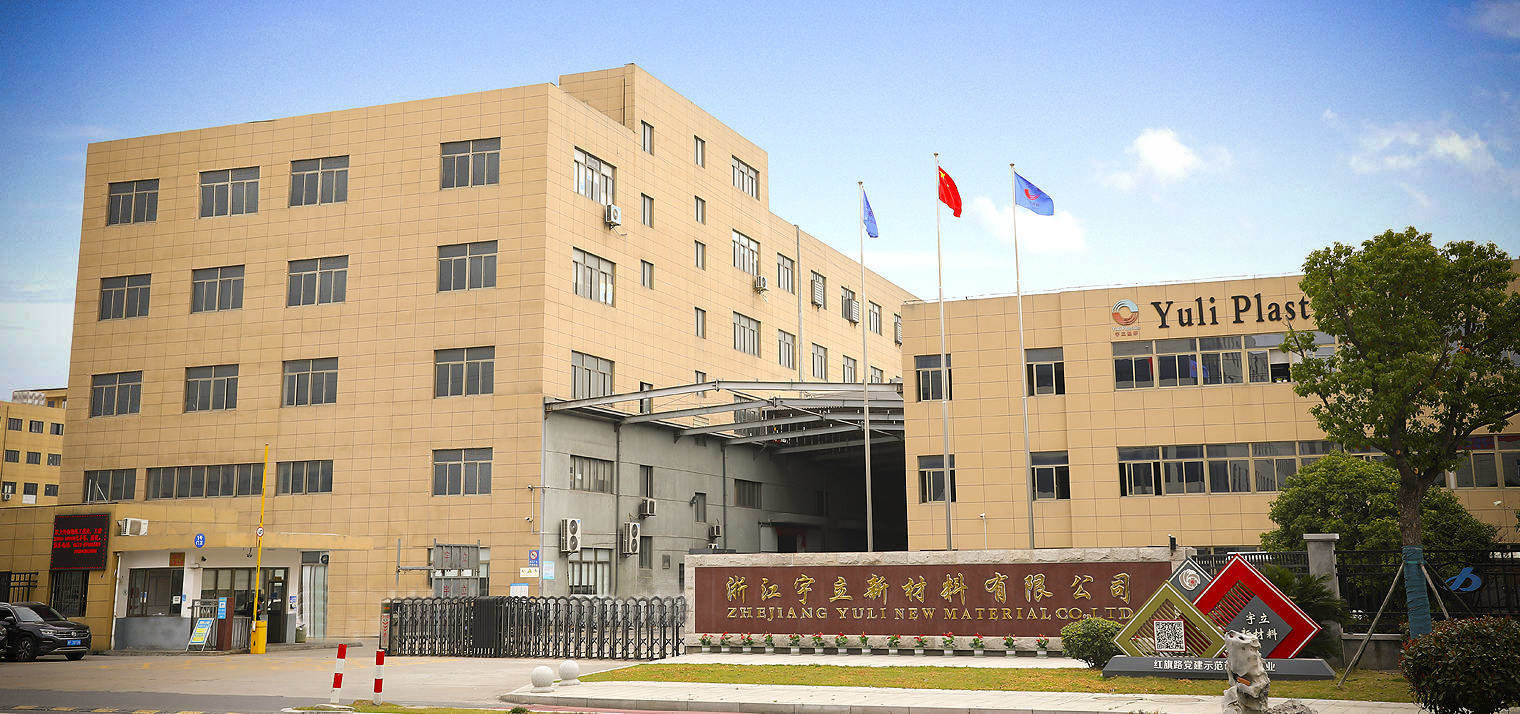What are the key advantages of PVC membrane structure fabric compared to traditional building materials?
PVC membrane structure fabric offers several advantages over traditional building materials. Here are some key advantages:
1.Lightweight: PVC membrane fabric is significantly lighter than traditional building materials such as concrete or steel. This lightweight nature reduces the overall weight and load on the structure, allowing for more versatile and flexible design possibilities.
2.High Tensile Strength: Despite being lightweight, PVC membrane fabric has high tensile strength, meaning it can withstand significant stretching and pulling forces. This strength enables the creation of large-span structures without the need for excessive supporting columns or beams.
3.Flexibility and Design Freedom: PVC membrane fabric is highly flexible and can be stretched, molded, and shaped into various forms. This flexibility allows for innovative and unique architectural designs, enabling architects to create visually striking and iconic structures.
4.Translucent Properties: PVC membrane fabric can be designed to have translucent properties, allowing natural light to penetrate the structure. This feature reduces the need for artificial lighting during the day, leading to energy savings and a more pleasant indoor environment.
5.Durability and Weather Resistance: PVC membrane fabric is designed to be highly durable and resistant to weather conditions such as UV radiation, moisture, and extreme temperatures. It can withstand harsh climates, including heavy rain, strong winds, and snow loads, without significant degradation.
6.Quick Installation: Compared to traditional building materials, PVC membrane fabric can be installed relatively quickly. The prefabricated nature of the fabric panels allows for efficient on-site assembly, reducing construction time and labor costs.
7.Cost-Effectiveness: PVC membrane fabric structures often offer cost advantages over traditional materials. The lightweight nature of the fabric reduces foundation requirements and transportation costs. Additionally, the speed of installation can lead to reduced labor expenses.
8.Sustainability: PVC membrane fabric is considered environmentally friendly due to its recyclability and potential for reuse. It requires less energy and resources during manufacturing compared to traditional materials. Moreover, the fabric can be recycled at the end of its lifespan, contributing to a circular economy approach.
What are the typical applications of PVC membrane structure fabric in the architecture and construction industry?
PVC membrane structure fabric finds a wide range of applications in the architecture and construction industry. Here are some typical applications:
1.Tensile Membrane Structures: PVC membrane fabric is extensively used in the construction of tensile membrane structures, which are characterized by their lightweight, flexible, and visually striking designs. These structures include canopies, roofs, stadiums, exhibition halls, atriums, and covered walkways.
2.Architectural Roofs: PVC membrane fabric is often used as a roofing material for buildings. It provides weather protection while allowing natural light transmission, creating a bright and comfortable interior space. The fabric can be tensioned over supporting frames or cable systems to form unique roof shapes.
3.Facades and Cladding: PVC membrane fabric can be used as a cladding material for building facades. It offers aesthetic appeal, enabling architects to create visually dynamic and textured exteriors. The fabric can be backlit for dramatic lighting effects and branding opportunities.
4.Sports Facilities: PVC membrane structures are commonly used in sports facilities such as stadiums, arenas, and sports halls. The fabric can cover large spans without the need for internal columns or supports, providing unobstructed views for spectators.
5.Temporary Structures: PVC membrane fabric is ideal for temporary or demountable structures such as event pavilions, exhibition booths, and pop-up installations. Its lightweight nature allows for easy transportation and quick assembly, making it a popular choice for temporary architecture.
6.Canopies and Shelters: PVC membrane fabric is used to create canopies and shelters in various settings, including outdoor seating areas, walkways, entrances, and transportation hubs. These structures offer protection from the elements while adding architectural interest to the surrounding environment.
7.Agricultural and Industrial Buildings: PVC membrane structures are utilized in agricultural applications like greenhouses and livestock housing. They provide a controlled environment for crops and animals, optimizing growth conditions. In industrial settings, PVC membrane fabric can be used for warehouses, storage facilities, and temporary structures for construction sites.

 English
English 中文简体
中文简体 Español
Español







